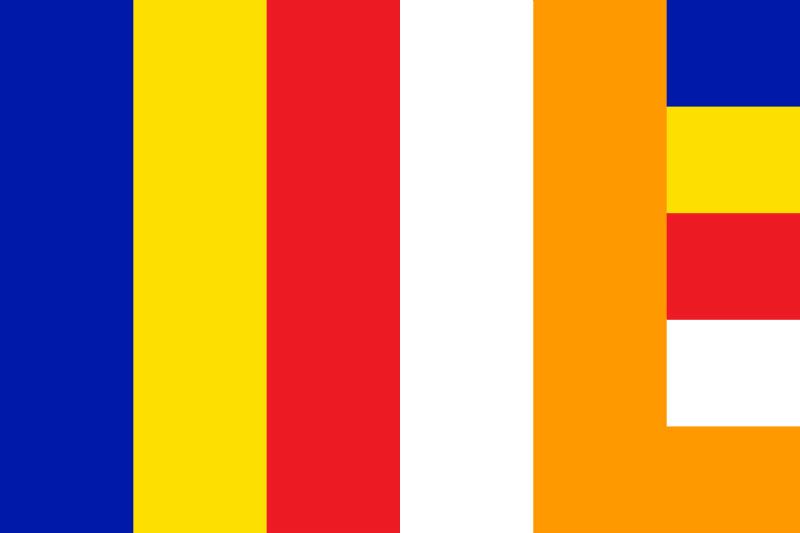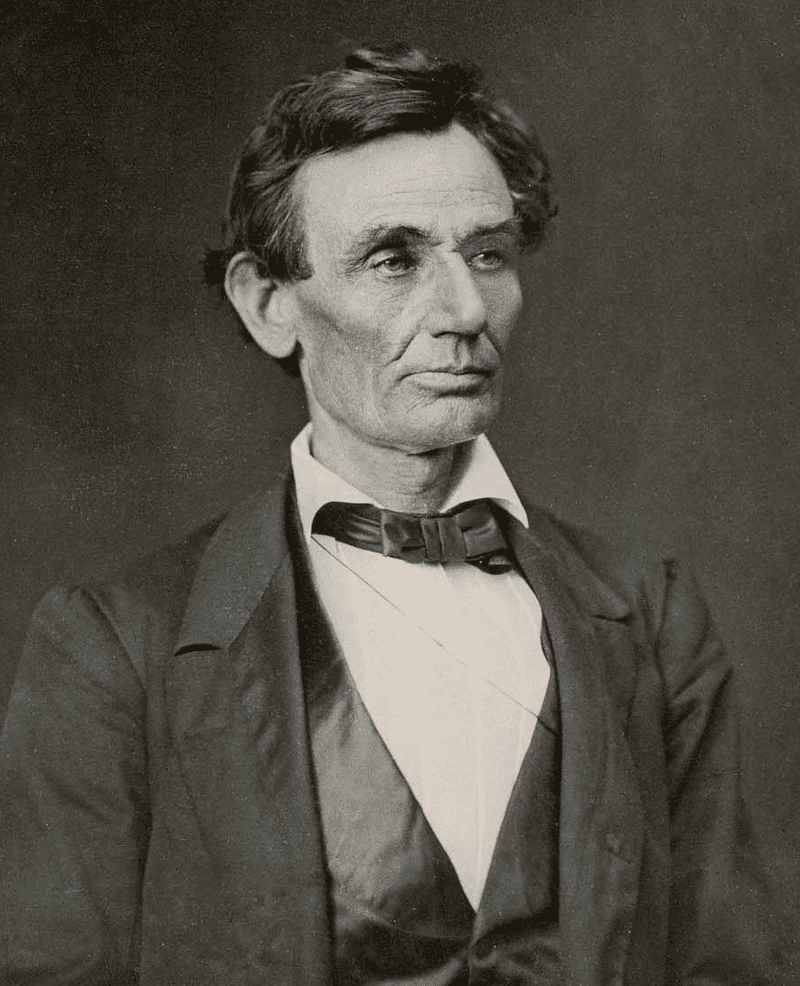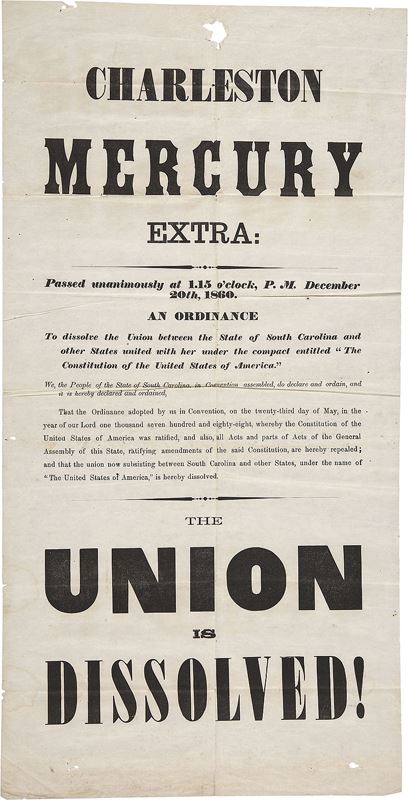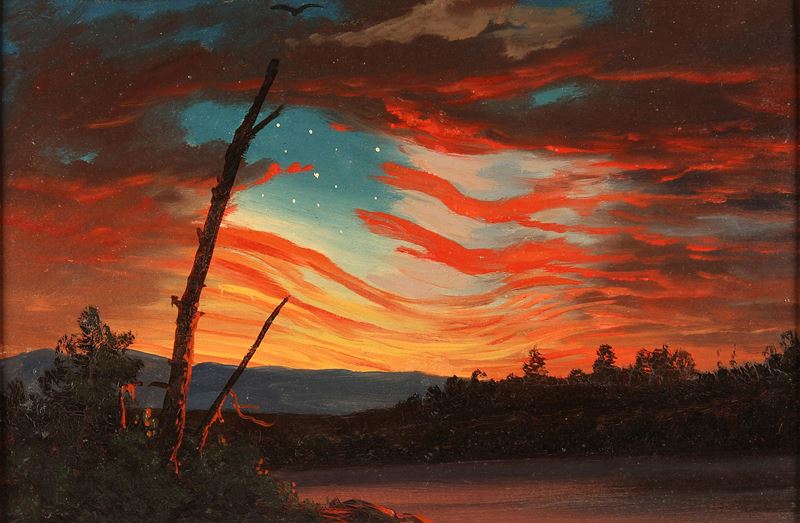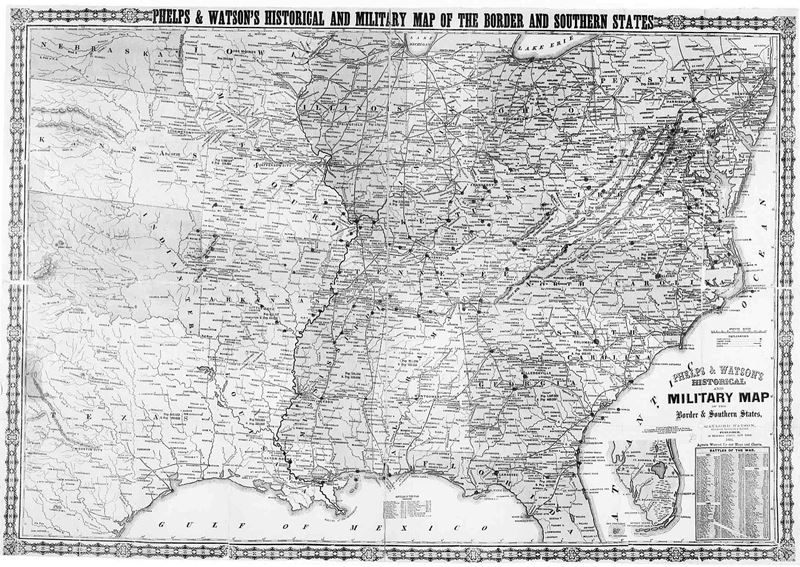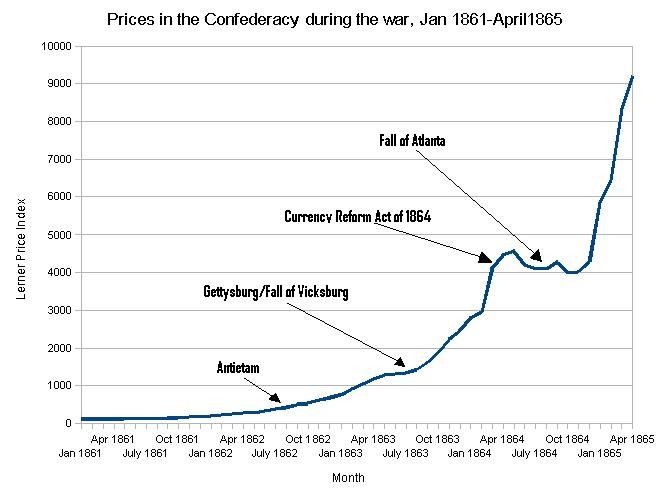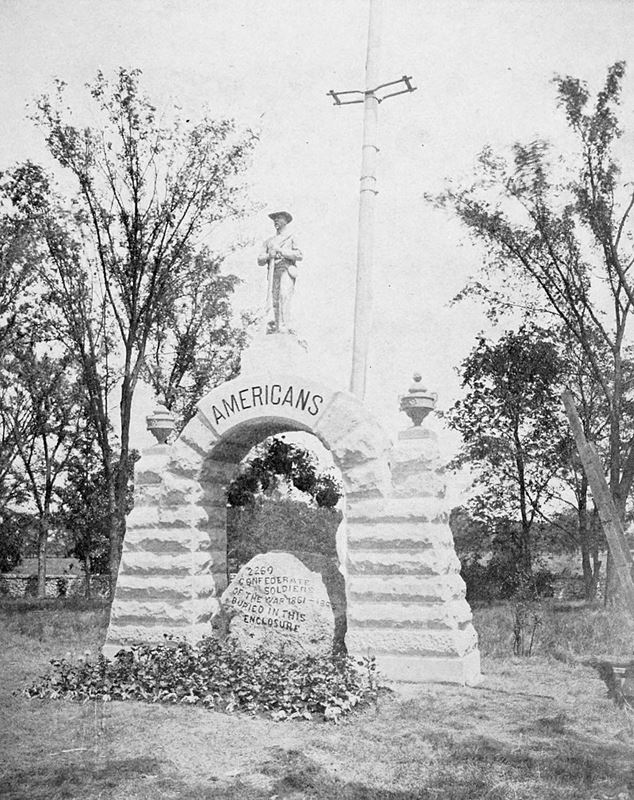In South Vietnam, a country where the Buddhist majority was estimated to comprise between 70 and 90 percent of the population in 1963,[2][3][4][5][6] President Ngô Đình Diệm’s pro-Catholic policies antagonized many Buddhists. A member of the Catholic minority, Diệm headed a government biased towards Catholics in public service and military promotions, as well as in the allocation of land, business favors, and tax concessions.[7] Diệm once told a high-ranking officer, forgetting that he was a Buddhist, “Put your Catholic officers in sensitive places. They can be trusted.”[8] Many ARVN officers converted to Catholicism in the belief that their career prospects depended on it, and many were refused promotion if they did not do so.[8] Additionally, the distribution of firearms to village self-defense militias intended to repel Viet Cong guerrillas was done so that weapons were only given to Catholics.[9] Some Catholic priests ran private armies[10] while forced conversions, looting, shelling and demolition of pagodas occurred in some areas.[11] Several Buddhist villages converted en masse to receive aid and to avoid forced resettlement by Diệm’s regime.[12]
The Catholic Church was the largest landowner in the country, and the “private” status that was imposed on Buddhism by the French, which required official permission to conduct public activities, was not repealed by Diệm.[13] The land owned by the church was exempt from land reform,[14] and Catholics were also de facto exempt from the corvée labor that the government obliged all other citizens to perform; public spending was disproportionately distributed to Catholic majority villages. Under Diệm, the Catholic Church enjoyed special exemptions in property acquisition, and in 1959, he dedicated the country to the Virgin Mary.[15] The Vatican flag was regularly flown at major public events in South Vietnam.[16] Earlier in January 1956, Diệm enacted Order 46 which permitted “Individuals considered dangerous to the national defense and common security [to] be confined by executive order, to a concentration camp.”[17] This order was used against dissenting Buddhists.[17] The infamous action later caused much anger among the people, which lead to some of the minority supporting or joining The Liberation Army of South Vietnam.

